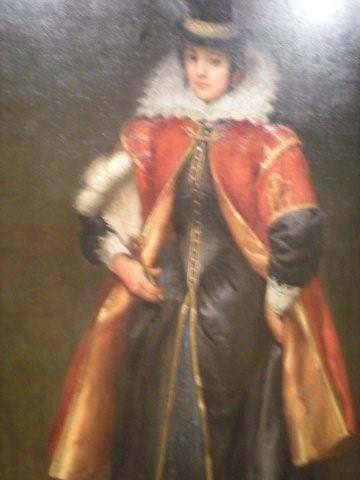

The North-South culture wars over Smith and Pocahontas continued into the 20th century. “She was very much a pawn in the arguments between the North and the South leading up to the Civil War,” says William Rasmussen, lead curator at the Virginia Historical Society. But as the Civil War approached, northern authors started attacking Smith’s credibility, with one lambasting his “tendency to exaggeration and over-statement.”Southerners responded with a vigorous defense that included the use of Pocahontas’ likeness on a Confederate battle flag. Early Americans, on the other hand, tended to treat him as a hero. Why the Wampanoag Signed a Peace Treaty with the Mayflower PilgrimsĪt least some colonists distrusted Smith’s tales from the very beginning, including Jamestown’s first president, who called him a liar, and another Jamestown leader, who described him as “ambitious, unworthy, and vainglorious.” His writings were even mocked in a popular 1631 satirical poem. Moreover, as a child of 10 or 11, Pocahontas probably wouldn’t have been allowed to attend such a ceremony in the first place. “They wouldn’t stop just because a little girl says, ‘Stop, I like him,’” Townsend says. “It doesn’t ring true to Algonquian culture.” She and others emphasize, for example, that the Algonquians never would have killed a prisoner of war in that way-they would have burned or tortured him to death instead-and that Wahunsenaca never would have indulged his daughter’s wishes in such a circumstance. “No serious scholar believes that anymore,” Townsend tells HISTORY. Smith still has his defenders, but most historians doubt the veracity of his claim.

This story has since been repeated endlessly and become the main component of the Pocahontas legend. According to Smith, his captors then held a ceremony at which they were on the verge of clubbing him to death when Pocahontas threw herself across his body and saved his life.

In 1607, not long after arriving in Jamestown, Smith was captured by Wahunsenaca’s forces and kept prisoner for a few weeks. After marrying English tobacco planter John Rolfe in 1614 and converting to Christianity, Pocahontas picked up yet another name, Rebecca, and was sometimes referred to as “Lady Rebecca.” Pocahontas was merely a childhood nickname, meaning “Little Playful One” or “Little Mischief.” “It would not have been a name she would have kept throughout her life,” says Camilla Townsend, a history professor at Rutgers University and author of “Pocahontas and the Powhatan Dilemma.”Yet because John Smith, a founder of the Jamestown colony whose interactions with her would propel them both to lasting celebrity, called her Pocahontas in his writings, that’s how she’s become known to history. As is possible even today among the area’s Native Americans, she received multiple names, including Matoaka and Amonute. (Credit: Three Lions/Getty Images)īorn around 1596, Pocahontas was reputedly the favorite daughter of Wahunsenaca (known to the English as Powhatan), paramount chief of a coalition of some 30 Algonquian-speaking tribes in Virginia’s Tidewater region. Painting of Pocahontas around the time of her wedding to John Rolfe.


 0 kommentar(er)
0 kommentar(er)
